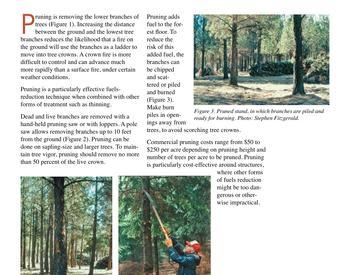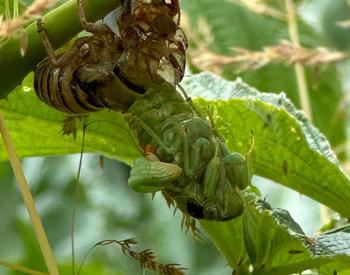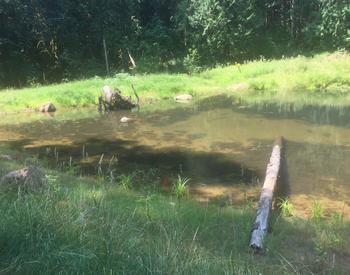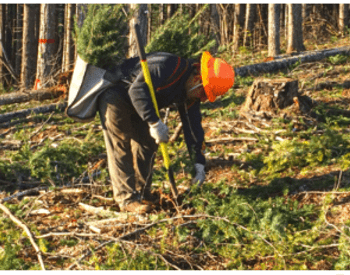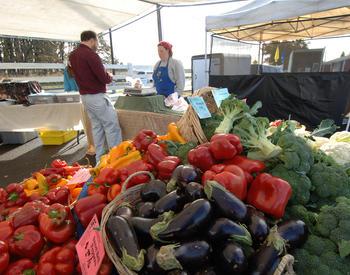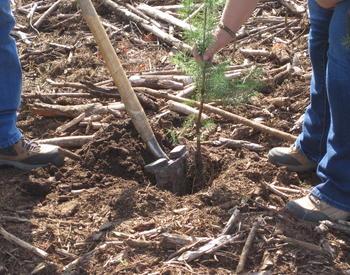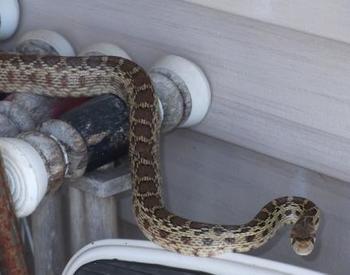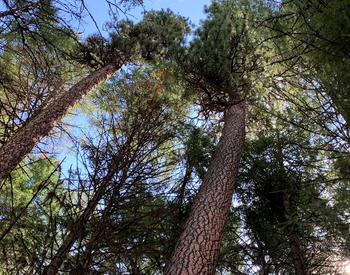Transcript
When you're thinking about enhancing pollinator habitat on your forest, it's really a good idea to start with an inventory. An inventory helps you understand what you have on your property and will help you prioritize what activities you can do to make that habitat better over time. An inventory will help us identify how much flowering habitat, as well as how much nesting habitat, the pollinators have available to them on our property. We also want to look at how continuous that habitat is, so bees are able to fly from nesting to flowering habitat without putting out too much energy.
When you do your inventory, things to be looking for are: Whether you have a diversity of different flower shapes so that we can increase the diversity of species that visit the property, as well as increase the amount of bloom time that the different flowers on your property have. We want to make sure that flowers are blooming as early as we can, and then go and flower through the summer and into the fall, hopefully till October as best we can. Having a diversity of flower shapes, and nesting resources, increases the diversity of pollinators that visit the property and will thrive on the landscape.
To do the inventory, you'll want to visit the different parts of your property at varying times of the year. Visit each part of your property early in the season, mid-summer and then closer to the end of the summer towards the fall, in order to capture the flowering plants at their varying bloom times. You can go out to the different parts of your property with a clipboard, a camera, and a field guide in order to help you identify the different flowers that might be blooming on the property.
When you go out to the different parts of your property, try to focus on areas that have large areas of flowering plants. Pollinators are attracted to a what's called a plant signal, or a flower signal, where they're going to go to a place where they see a lot of opportunity for nectar or pollen, because it requires less energy for them to move around, to find new places to go. So if you focus on those areas, you can identify what plants are flowering there, what flower shape they have, the color of the flower, and then what species it is, and what time of year they bloom.
It's also useful to identify if the plants that you're looking at are native or non-native. Non-native plants are okay and pollinators will often use them, but sometimes if they're non-native and invasive, they can take over an area and decrease the flowering resources, and therefore, the pollinator species. Native plants will help increase the diversity of species that we have on the property. Identify large areas of flowering plants and nesting resources on your maps and include them in your management plan, to help you manage for future opportunities.
This video describes how to inventory bee habitat features on your forest/woodland property.


